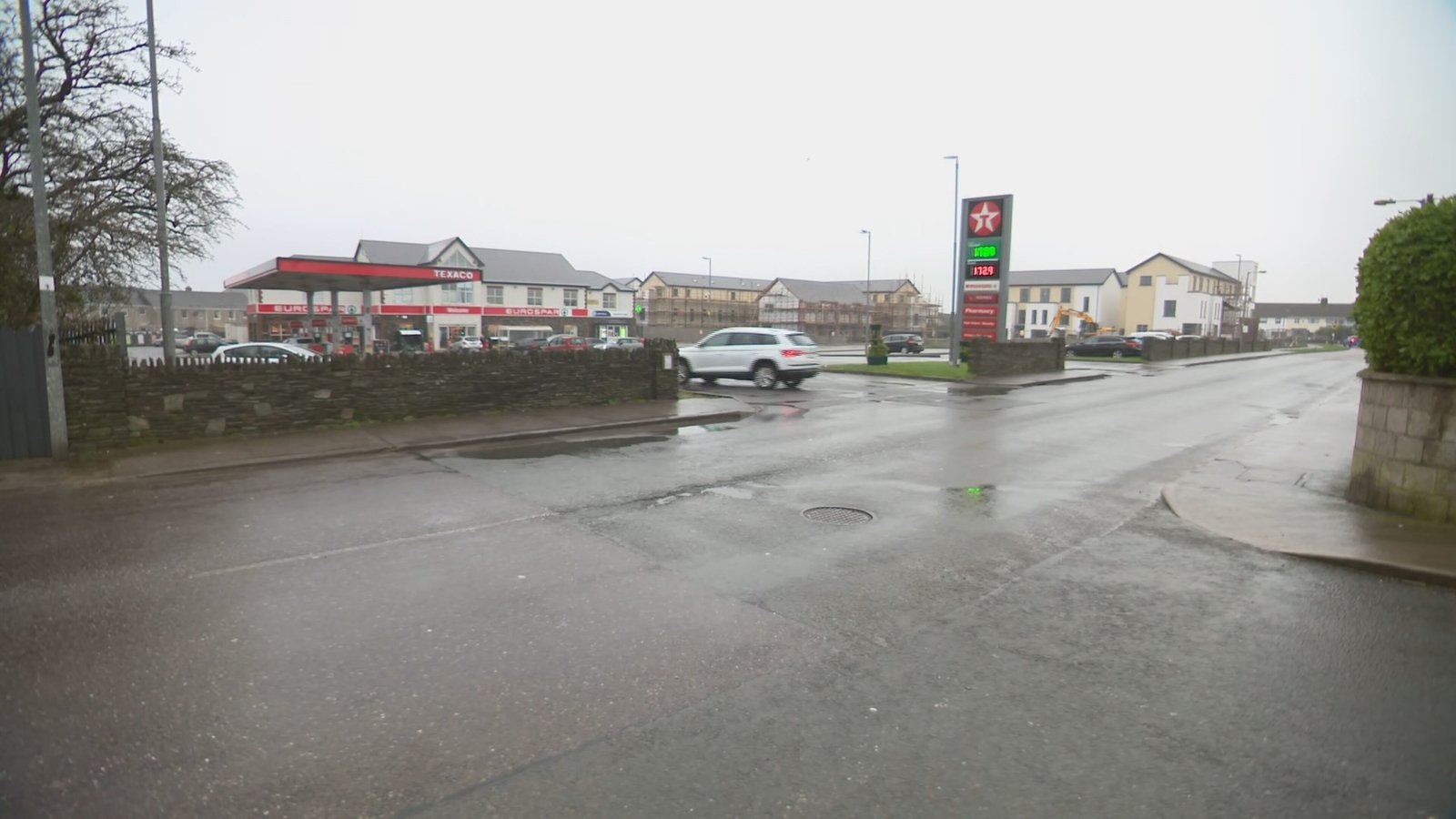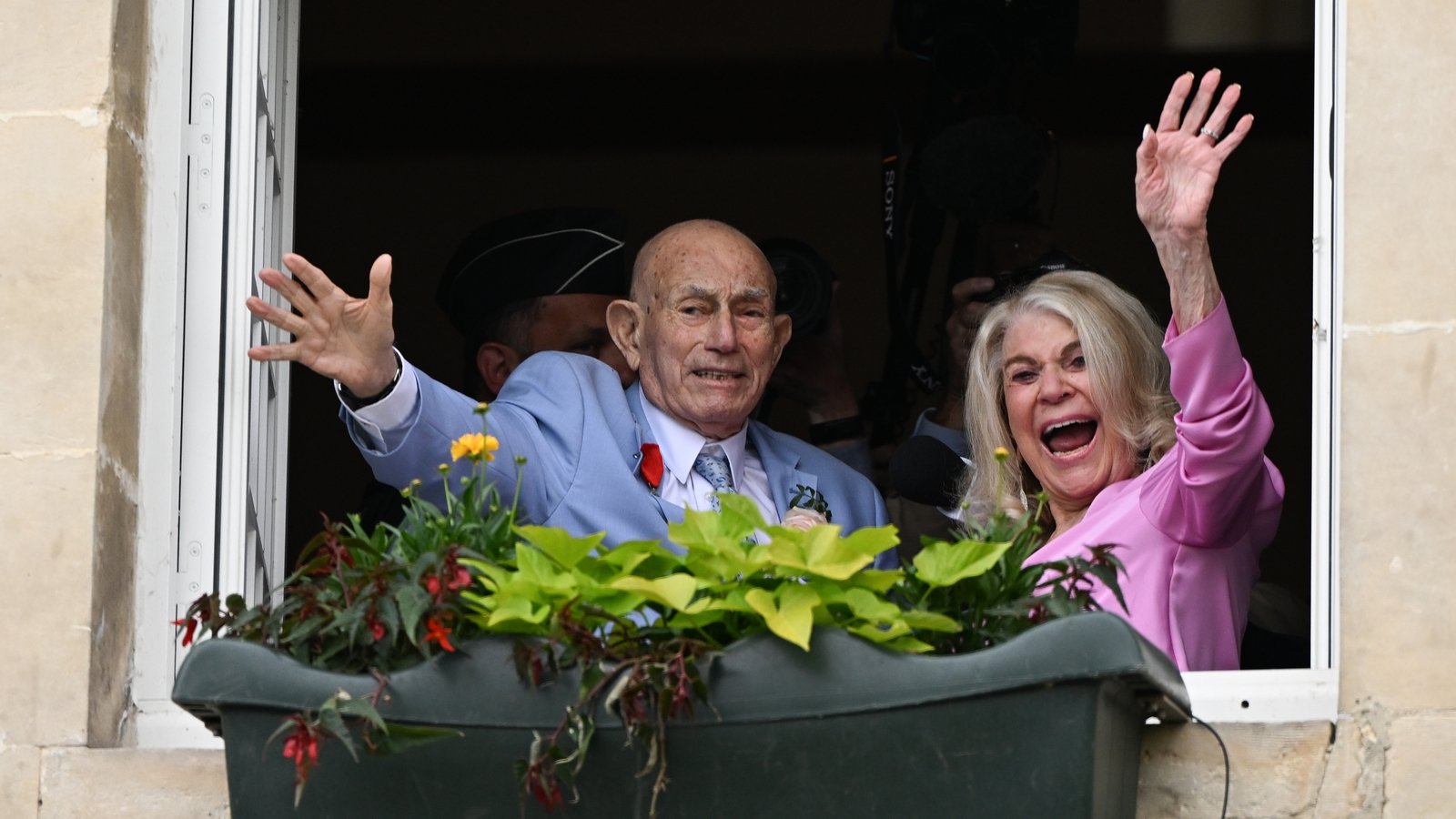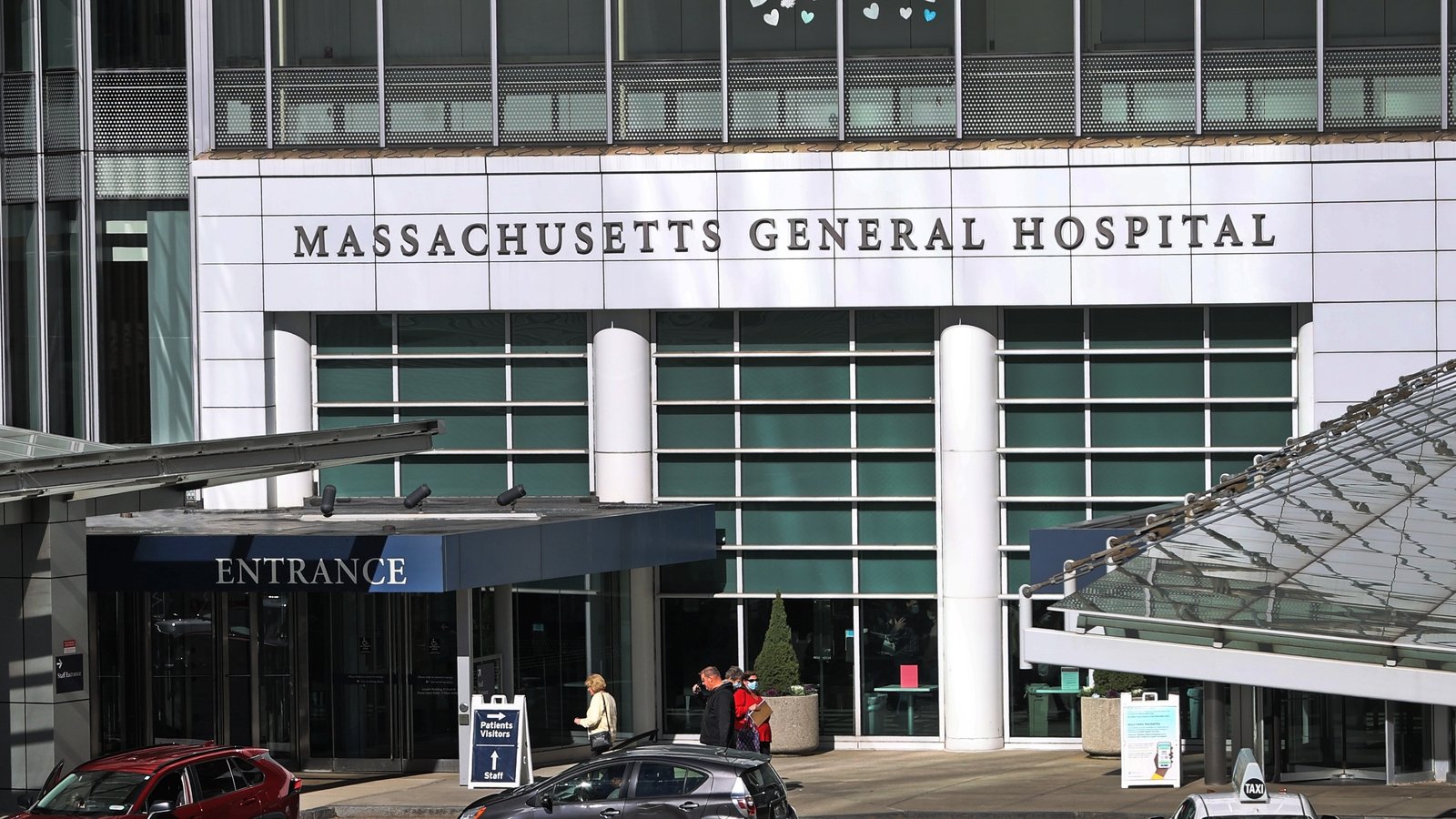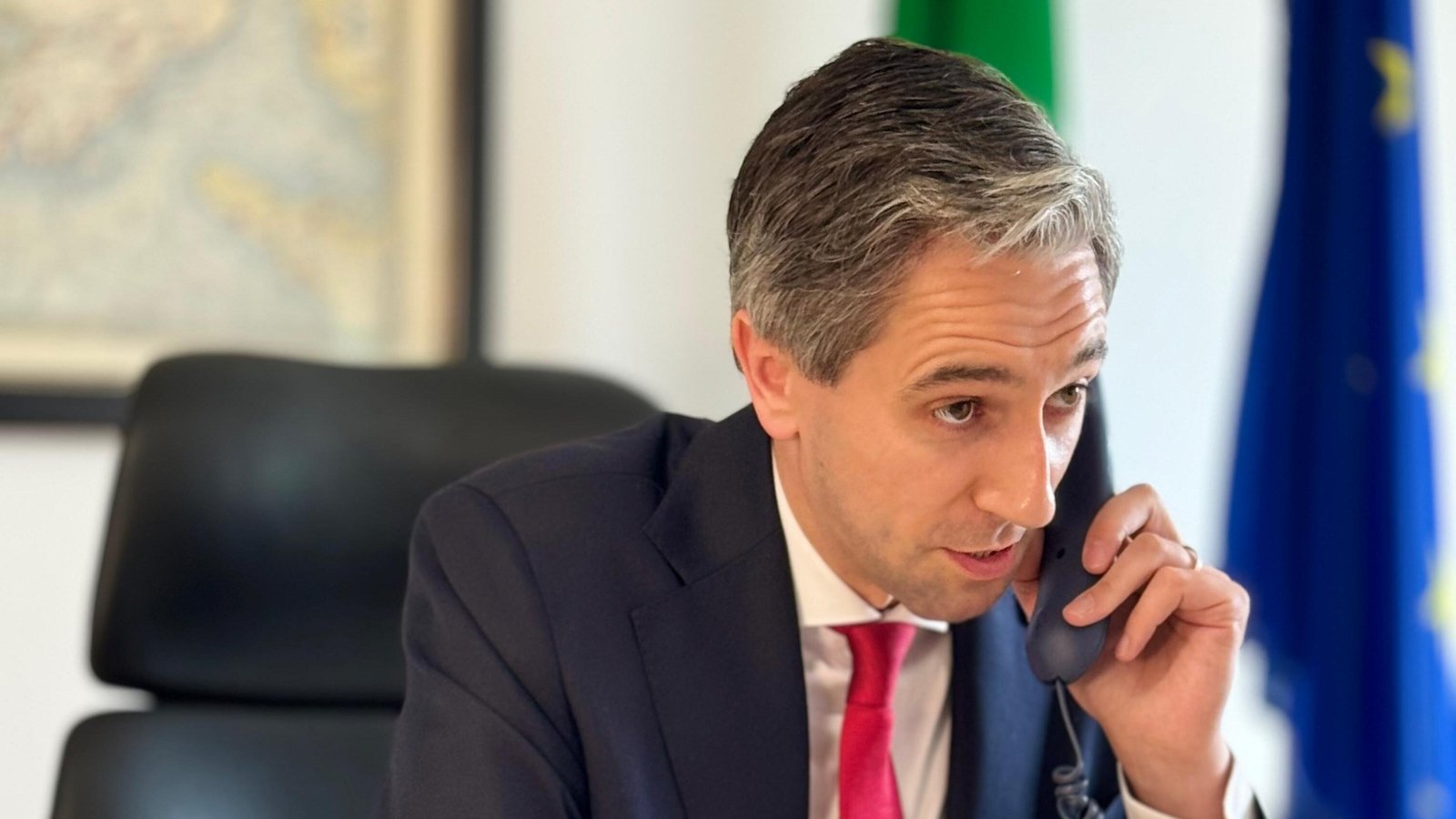What awaits Ukraine on NATO’s 75th birthday?

Today is the 75th birthday of the North Atlantic Treaty Organization – NATO.
The founding treaty was signed on 4 April 1949, in Washington DC, to bind western Europe, Canada and the United States together in a defensive alliance.
A dozen years ago there was much talk about the relevance of NATO; many articles about its apparent loss of purpose, and no shortage of those questioning if it had a future.
Now its leaders are talking about the next 75 years of the alliance, stepping up military spending to levels not seen since the Cold War, and openly planning to counter an expected Russian attack on NATO territory in about five years’ time.
The transformation has been the result of the Russian invasion of Ukraine; quietly at first following the 2014 annexation of Crimea, then rapidly and astonishingly over the past two years, after the attempted full scale invasion.
So when the heads of state and government of the 32 NATO nations arrive in Washington for its 75th anniversary summit in July, a decision about Ukraine’s membership of the alliance will be one of the key items on the agenda.
It was on the agenda before – back in April 2008, at the Bucharest summit, when membership for Ukraine and Georgia were blocked by European opposition, led by Germany and France.
Vladimir Putin attended the final day of the summit for a NATO-Russia meeting (and had earlier signed an agreement allowing NATO to ship non-military supplies through Russia to Afghanistan – how much has changed since then).
A few months later Russia invaded Georgia, and the turn against the West began.
Ukrainian membership is on the agenda at this week’s meeting of NATO foreign ministers in Brussels, which is preparing the way for the Washington summit.
Already the ministers have agreed to move ahead on work to put military aid to Ukraine on a long term basis, by which they mean over a five year timeframe.
NATO Secretary General Jens Stoltenberg had been looking for a €100bn financial commitment from member states, and to make NATO the central funding body, not individual member states, as is the case now. That is seen as a way of “Trump proofing” military assistance to Ukraine beyond the 2028 US Presidential election.
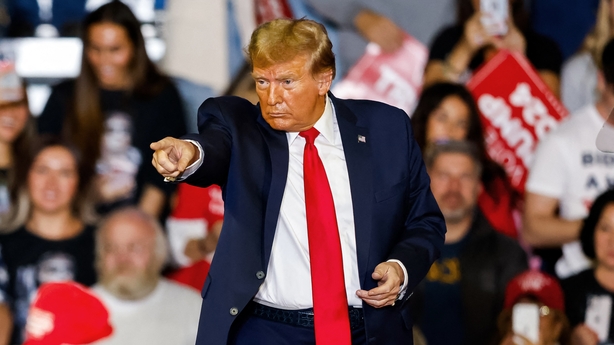
Donald Trump’s comments in February that he would let Russia “do whatever the hell it wanted” to European NATO states that do not meet the 2% spending target genuinely shocked the alliance.
However, his antipathy to what he sees as European freeloading on US security spending, has been seen in interviews going back to the 1980s. But this was a more extreme version of long running US dissatisfaction with Europe not pulling its weight on defence.
His opposition to the military funding budget for Ukraine that is currently stalled in congress – apparently on his orders – is also a matter of the deepest concern for European countries.
But much has changed in the short time since Trump left office, and he has less to complain about on European spending (Canada is a different story).
Uncertainty on Trump’s intentions towards Ukraine are another headache alliance leaders could do without in this US election year.
The meeting in Brussels is also the first at which Sweden has participated as a full member state.
The accession of Sweden and Finland to the alliance – hitherto Europe’s two militarily strongest neutral states – has been one of the two massive changes that have occurred in NATO since the Ukraine war started.
Sweden has been neutral for two centuries, staying out of all wars – but always keeping a strong military and a large defence industry.
This year it is boosting its defence spending by 28% to hit the 2% of GDP spending target.
Finland was neutral since 1944, after fighting two bitter and bloody wars against the Soviet Union – its peace deal with the Soviets restricting its political and diplomatic policies. The political inclination of the state to keep on good terms with the Russians, do nothing to antagonise them, and become a conduit for east west dialogue.
However, though it talked softly to the bear next door, it always carried a big stick. Finland has probably the biggest artillery force of any European country and through universal conscription can mobilise an army of a quarter of a million in a fortnight. It is already spending close to 2.5% of GDP on defence.
For these two countries to renounce such deep seated policy positions – in Sweden’s case reversing literally centuries of neutrality – is the clearest indication of how radically the security situation in Europe has changed over the past decade, and how NATO has been re-energised as the heart of a defensive alliance that now covers some 950 million people in the wealthiest, most technologically advanced parts of the planet.
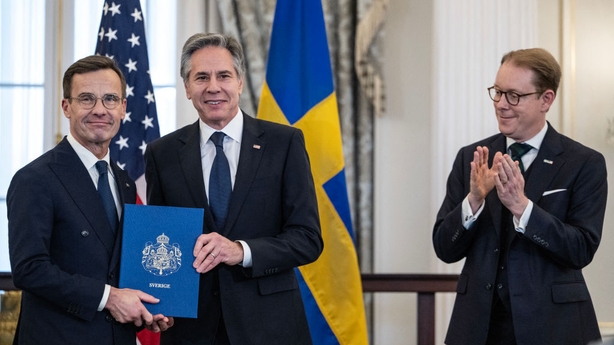
The alliance is also seeking to grow its relationship with other parts of the “political west” – in Japan, Australia, New Zealand and South Korea.
For European member states, this means doing more to provide security in Europe and ensure navigation in the middle eastern shipping lanes. That would free up US resources to operate as a counter to an increasingly expansionist China in the Pacific region. For Europeans, this becomes more urgent when China and North Korea grow closer to Russia.
Enabling the US to do this is seen by NATO watchers as crucial to keeping the US engaged in the alliance. And ultimately that means European countries spending more on their own defence to free up those US resources.
Which brings us to the second massive change that has taken place in NATO as a result of the Ukraine war; the rearmament of Germany.
The Germans have become the second biggest supplier of military hardware to the Ukrainians, after the US.
German industry is also being cranked up to start producing military goods.
Most surprising of all has been the political change. Germany has long gone out of its way not to antagonise the Russians, especially after the 1989 fall of the Berlin Wall and the re-unification of the country. It was also very dependent on imports of Russian gas – former Chancellor Gerhardt Schroeder chaired the Gazprom subsidiary that built the controversial Nord Stream 2 pipeline across the Baltic.
However, the invasion of Ukraine has brought a massive shift in German thinking, energy policy – and spending.
The “Zeitenwende” – changing times – of Chancellor Olaf Scholz’ Social Democrat-Green party government, has resulted in a €100bn military spending spree that will bring defence spending in Europe’s biggest, most industrialised country up to the 2% of GDP spending target that alliance members set for themselves after the Russians annexed Crimea in 2014.
Not only is there a programmed spend now, but a clause in the legislation will keep spending high even when the current budget line runs out.

According to Karl-Heinz Kamp of the Berlin think-tank The German Council on Foreign Relations, the “Zeitenwende” policy “has shown that defence budgets are not dictated by constraints, but are always a consequence of political priorities and decisions”.
France too is upping its military spending – though it was and remains considerably stronger than Germany, even before counting its independent nuclear weapons.
In February, Secretary-General Stoltenbeg said he expected that European NATO allies would spend €380bn on defence this year, amounting to 2% of combined GDP.
Some are spending below this figure, but some – notably Poland and Greece – are spending more. As a share of GDP Poland is the biggest spender in NATO, at almost 4% of GDP. The US is second at 3.5%, with Greece in third place at 3%.
The Europeans spent 1.47% of GDP on defence in 2014. By 2020 that has risen to 1.75%, before slipping a little during the pandemic. But spending surged after Russia invaded Ukraine. The alliance chief says he now considers 2% the floor on spending, not the ceiling.
Not only has the Ukraine war brought back defence spending in Europe, it has also seen the return of strategic thinking.
The traditional division between members has been a north and east Vs south split in Europe, with the eastern and northern states viewing Russia as the main threat, while southern states want a focus on the Middle East and Africa to deal with terrorism and mass migration.
However these are not issues to which military force is easily or successfully applied; a regular state military threat like Russia is what this alliance was designed to deal with.
The Americans have increasingly looked towards the Pacific, and the rise of China, as the new great power rivalry they must contend with – and they expect support or enabling measures from the Europeans and Canadians.
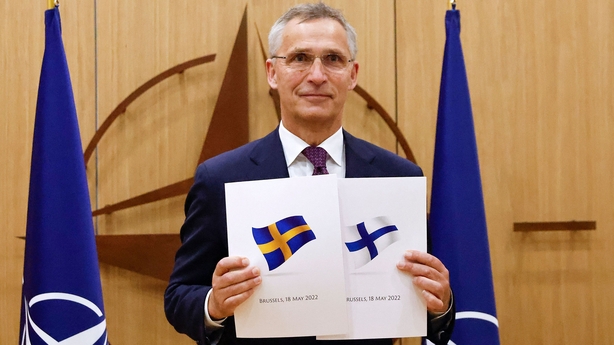
The two new members, Sweden and Finland, bring another strategic focus – the Baltic, the Arctic and the “high north” Atlantic area. Signs of growing Russian-Chinese common interests, combined with the effects of climate change on the Arctic and navigation routes are making the Arctic region more strategically important.
Director General for Defence Policy at Finland’s Ministry of Defence Janne Kuusela said in a recent article for the Washington think-tank, The Woodrow Wilson Centre, that “it is vital to underline the linkage between the Baltic Sea, and the Arctic and High North, which cannot be separated from each other.”
For example, securing sea lines in the North Atlantic plays a key role in providing reinforcements from North America to Europe.
For Sweden – the one time super-power of the Baltic sea – the fact that all the countries that have Baltic coasts – with the exception of Russia – are now in NATO is of great significance.
In the ten years leading up to the invasion of Ukraine, the Baltic has been the scene of rising tension and large scale military exercises on land sea and air conducted by Russia, NATO and the two former neutrals, Finland and Sweden.
I saw some of it myself in 2017, taking a break from an EU finance ministers meeting in Tallinn, Estonia, to visit an airbase where Belgian F16 fighters patrolled the skies for NATO, commanded from Germany – scrambling while we filmed to intercept a Russian aircraft heading for the Baltic.
That day was the start of a vast Russian military exercise called Zapad, or West in English, designed to prove Russian army mobility and firepower in the Baltic region. It’s little surprise that the Baltic states are among the most dogged supporters of Ukraine in its struggle with Russia – along with the other former Warsaw Pact states that are now in NATO.
The Swedes had started exercising with the Americans and French to practice re-enforcing the strategically vital island of Gotland. Described as an unsinkable aircraft carrier, it is also the key to securing the whole sea, as whoever possesses Gotland can dominate the entire region.
Now, as part of NATO, Sweden is relying on the alliance to help its security, and at the same time offering new assets, like a number of submarines that it has mastered the shallow Baltic seabed with (apparently its too shallow for the US submarine fleet and much of the Russian fleet too).
It’s also offering its large air force.
Earlier this year, the air force commanders of Sweden, Norway, Denmark and Finland, signed a joint declaration to operate their air forces as a single Nordic fighter fleet. With some 250 fighters, it’s a formidable force.
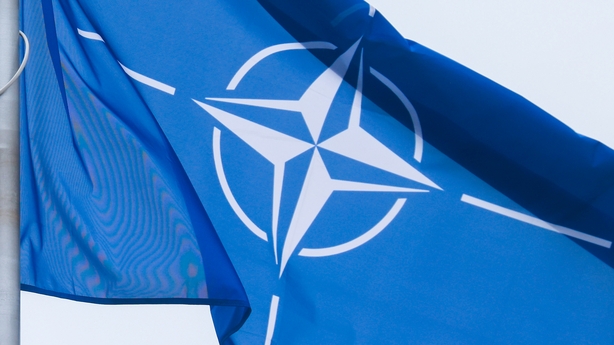
And like Finland, it is emphasising its Arctic fighting capabilities, and the strategic value it adds to the alliance, noting it is the home of Europe’s biggest rare earth mineral deposits, and along with Finland it means that NATO countries now account for two of the world’s top three 5G phone equipment manufacturers.
All of which is moving governments away from transactional policy decisions towards more strategic thinking about competition in technology, energy and mineral supply, market dependency, supply chains and climate change, as well as traditional military threats and power politics.
In that respect, NATO’s interaction with the EU, and its better developed political and economic capacities, legal system and track record of managing industrial policies is likely to grow deeper.
While France seeks greater strategic autonomy for Europe – or at least talks about it – the other European members of NATO (and by extension the EU) want to keep very close ties with the US, and keep it engaged in European security. Which will affect how European countries spend their extra defence allocations in the years ahead (for example, EU discussions on an anti-missile shield break down into a French-led camp that wants to develop a new system from scratch with EU technology, and a German-led camp that is less ambitious, but wants to buy much of the equipment off the shelf from the Americans to get it in place quickly – a consideration driven more by Iran’s nuclear bomb and missile programme than Russia).
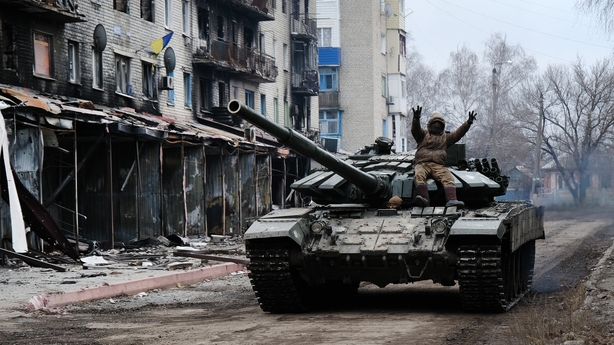
So today there will be a NATO-EU meeting in Brussels – and a NATO-Ukraine partnership council, during which Ukraine’s foreign minister Dmytro Kuleba will be brought up to speed on membership talks among the allies.
Ever since that 2008 Bucharest summit, Ukraine was told it could be a NATO member, but was given no target date – just a set of targets to reach; a classic long finger move by deadlocked governments.
Now there are two possible outcomes under discussion – a formal membership path, or second best from a Ukrainian point of view, a set of credible security assurances from leading alliance member states, notably the US, UK, France and Germany.
Ukraine cannot become a NATO member while the war rages. If it did, it would mean all the other states would be involved in the war, as an attack on one is an attack on all, under NATO’s most essential provision.
No member state is going to sign up for that – US President Joe Biden has been most emphatic that his country will not – so membership will have to wait until after the war with Russia ends.
But between now and then, NATO will have no shortage of things that it can use to justify its existence.
And for that, NATO can largely thank Vladimir Putin.

